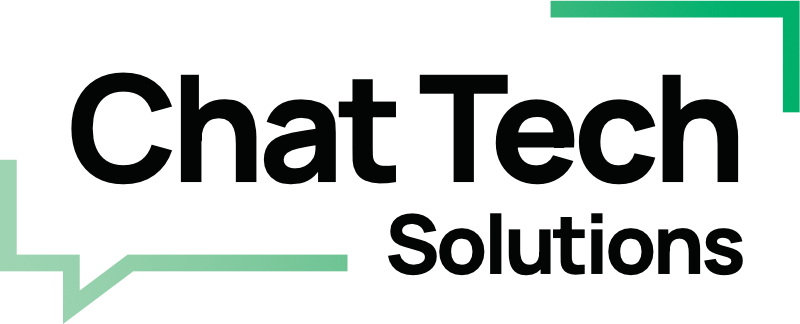
How Learning to Speak English—As a Teen—Came in Handy in the Age of AI
At seventeen, I thought I was ready for anything.
Back then, I knew how to say “yes” and “no.” That was the extent of my English. I answered every question the immigration officer asked with an awkward dance of nodding until I remembered bringing a piece of paper written in English explaining why I was there, who I was visiting, how long I’d stay. To say I was nervous would be an understatement—I thought he was about to send me back to the plane.
Later that week, walking back from the grocery store, I saw a group of teenagers gathered at the basketball court down the street. They seemed to be having the time of their lives. But I stood on the edge—unable to join in, not for lack of courage, but simply because I didn’t speak the language.
The feeling I remember most? The sense that there was an enormous, vibrant world happening all around me, and I was completely missing out.
Learning English was my biggest priority for two years. Along the way came plenty of “lost in translation” moments—like the time someone on the street asked me, “What time is it?” I smiled and said yes. It wasn’t until five minutes later, after replaying it in my mind, that I figured out what they meant.
If I hadn’t learned English, my life would have looked completely different. I honestly believe I might have ended up back in Turkey—not tragic, just not true to my potential. Because the doors that opened, the people I met, the adventures I had—they were only possible because I learned the language, adapted to the life here, and was able to participate.
Fast forward to today, and yet again I’m learning another language—this time so I can better communicate with AI and won’t get left out of the future.
I’m talking about writing prompts, experimenting, practicing over and over, just to get my “accent” right.
And here’s why I bring this up:
At a recent networking event I attended—a room packed with smart, driven business owners—one person casually mentioned, “Oh, I don’t use any of that at all—referring to ChatGPT and other AI tools.” Nobody seemed too surprised except me. I was honestly taken aback at how completely this person rejected the idea.
In my humble opinion, the people who aren’t learning this new “language” aren’t just missing out—they’re at real risk of being left behind.
And the numbers are only accelerating.
Avoid This: Don’t Assume AI Won’t Affect You
📌 Important Note: Whatever industry you’re in—and whatever your position—if you think you can ignore AI or avoid using it without falling drastically behind, you are mistaken.
🚫 Avoid This: If your use of AI is limited to basics like “fix this sentence” or “suggest a wall color,” you’re speaking broken English. You’ll get by, but you’ll never get the full picture or the best results. Just getting by isn’t enough—not in this rapidly shifting world.
Here’s the truth: Here’s the truth: It’s not AI that replaces you, but people who use it well.
One of my coaches always says, “People don’t know what they don’t know.”
If you’re unsure where to start building real AI fluency, here’s how to approach it:
How to Start Learning the Language of AI (Six Practical Steps)
● 🔎 Step 1: Set the stage with context and clarity.
Begin each AI session by clearly stating who you are and what you need:
“You are an internationally recognized interior designer specializing in industrial chic office design.”
Then, ask a pointed question:
“Give me 4 unique design concepts for a 3,000 sqft empty warehouse with big windows and exposed brick, converting it into an office for a marketing firm.”
Finally, ask the AI to follow up with clarifying questions before giving its answer.
The more context and specificity, the better the outcome.
● 🔄 Step 2: Identify repetitive tasks—and opportunities for AI List out what eats up your time (proposals, scheduling, research)—and notice where these tasks fall within your business workflow.
The goal here is simple: figure out where in your process AI can be implemented to give you the biggest lift. Don’t forget to experiment with bigger-picture creative brainstorming, too—it’s not just about automation!
● ⚠️ Step 3: Not every process should be automated.
Some areas are too sensitive, too private, or simply too early for AI to handle well. Use judgment. Start in safe, “low-stakes” zones and pay attention to where your expertise still matters most.
● 🛠️ Step 4: Practice, practice, practice Just like learning a new language, fluency comes from repetition.
Try different prompts, review the responses, and refine as you go.
● 🗺️ Step 5: Diagram how work flows in your business or role—from start to finish.
Highlight bottlenecks, task-heavy sections, or parts that cost you the most time for the least reward. These are your opportunities to automate, systemize, or streamline.
● ⏳ Step 6: Track your wins and put time (or savings) to work.
When you regain an hour a day or save real money, don’t just celebrate—put that gain to use. Improve your service, rethink your pricing, invest in your team, or reclaim some white space in your week. Let the results fuel even smarter next steps.
The Real Risk is Standing Still
Most people aren’t anti-AI—they’re just busy, or don’t know where to start. And I see it every week: someone doing things by hand for years, simply because a better workflow never crossed their mind.
If you’re feeling behind, overwhelmed, or just plain curious what’s possible, I’m here for you.
👉 Next Step: Let’s connect. We can look at your day-to-day, spot the quickest wins, and help you learn the “language” that’s opening up the next round of opportunities—so you don’t have to watch from the sidelines.
The best part? You are not too late! The sooner you get started, the faster you will become fluent.




